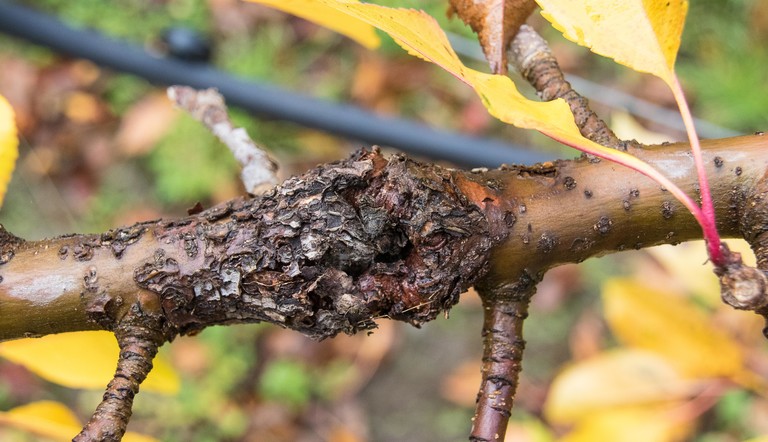
Merpan® Fungicide label changes welcome news for NZ apple growers and exporters

ADAMA has announced a label extension on Merpan (captan), which could be a major step towards helping protect New Zealand’s apple exports, especially to China, a growing export apple market for New Zealand.
Captan, a proven multi-site fungicide with a 30 year history in this country, now covers European canker and, importantly, has had its PHI (Preharvest interval) decreased from 14 days to just three days.
The latter is particularly good news for bull’s eye rot prevention.
Many new, high value, export varieties in New Zealand, including Pacific Queen, Pink Lady and Ambrosia, are very susceptible to bull’s eye rot.
Fruit becomes more susceptible to bull’s eye rot infection late season, with rots expressed during storage. This poses challenges in orchards as apples are successively picked for several weeks, at approximately weekly intervals.
Reduced PHI for more effective treatment of Bull's eye rot
Until now, a 14 day PHI prevented applications being made between successive picks, leaving ripening fruit unprotected against bull’s eye rot after 14 days before the first pick. This increased the risk of bull’s eye rot detection in the sensitive Chinese market.
With its own significant apple industry, China has stringent import requirements, particularly around bull’s eye rot as the disease is not currently present in that country. An application of Merpan within the last 20 +/-5 days before harvest is a requirement for apples imported from NZ.
However, this is not currently possible for successively picked fruit with a 14 day PHI.
Now, with having a reduced PHI of three days for Merpan, growers will be able to treat fruit more effectively for this phytosanitary disease and consequently reduce risk to trade in China.
NEW: European canker on Merpan label
European canker is also of serious concern to the New Zealand apple industry. Not only is it a quarantine pest for Australia, China and Taiwan, but it also reduces productivity and can result in tree death in severe cases.
Infection may occur at any time during the year, but harvest, leaf fall and winter pruning have been identified as critical infection periods where the fungus can enter host trees through exposed wound sites such as pedicel and leaf scars. Prevalence and severity of European canker increases in high rainfall seasons as spores are dispersed by rainfall.
Claire Mills, ADAMA NZ Technical Services and Development Manager, says while European canker has been present for decades, it has become more prevalent due to changes in orchard management, such as increased planting densities.
Previously, the only products currently with label claims for European canker were copper based products such as copper oxide, copper oxychloride and Bordeaux mixture, and these may only be used post-harvest due to the risk of phytotoxicity.
With European canker now on the Merpan label growers have an effective tool to manage the disease. What is more, reducing the PHI to three days, the risk of infection associated with picking scars can be significantly reduced.
Now growers have an effective tool to manage European canker and bull's eye rot with Merpan!